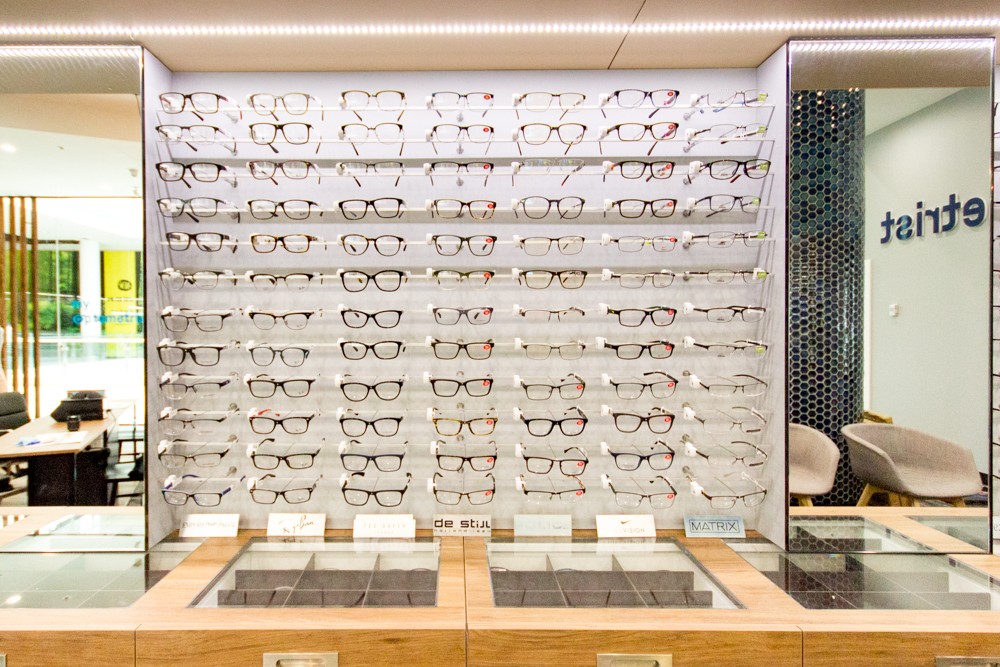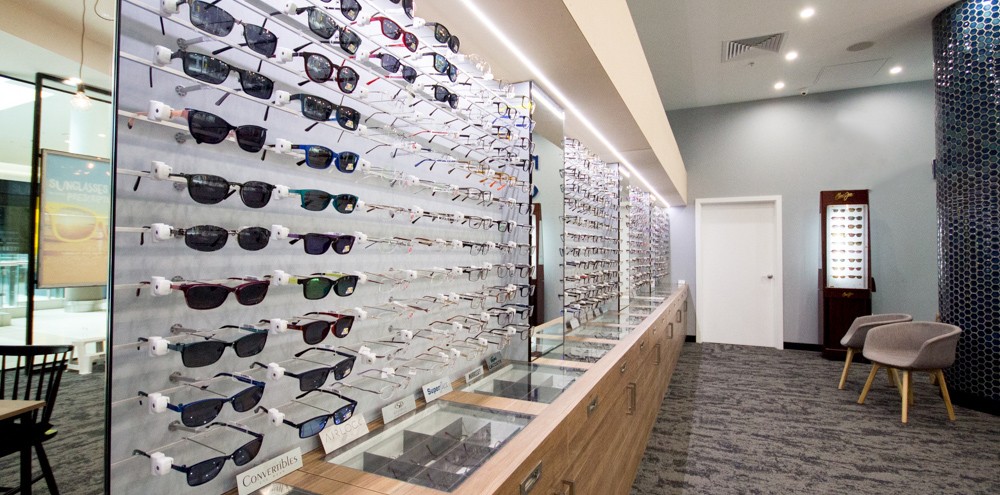
Protecting against eyewear theft
Small, concealable, and often available in desirable designer brands, eyewear and especially sunglasses are a major target of retail theft.
So much so, sunglasses rank as the fourth most commonly stolen item in the apparel and fashion accessories sector, according to the most recent Global Retail Theft Barometer.
So how do retailers protect against eyewear theft?
The eyewear challenge
Eyewear presents a unique challenge in retail. On one hand customers want to quickly and easily try on not just one but many pairs of glasses or sunglasses before making a purchasing decision. That means locking them in a case can be inconvenient for both staff and consumers, impeding a sale and the customer experience.
On the other hand, eyewear is one of the most commonly targeted items for theft. And the value of eyewear varies, ranging from ultra-affordable options to designer brands costing hundreds of dollars.
Meanwhile, the very nature of eyewear design means standard labels and tags may not be sufficient. As any department store or eyewear retailer will attest, it’s not uncommon for shoplifters to simply unhook a swing tag or peel off a label, then pop the sunglasses on their head and simply walk out.
So, what should retailers do?
Eyewear theft prevention strategies
Like any loss prevention strategy, eyewear theft protection relies on a series of techniques that range from good store layout and customer service to product-based electronic article surveillance. So, working from the product-level up, here are the strategies retailers can employ.
EAS and optical tags
While common tags and labels may not be suitable for eyewear, there are specific security tags designed to protect sunglasses and optical products from theft.
These optical tags are purpose-made to ensure the user experience and aesthetic appeal of the eyewear are not impacted, but the item is still guarded against shoplifting.

At Security Tags, our preferred optical tag of choice is Optilock, as it offers the best balance between size and security. Optilock is available in two sizes suited to narrow optical frames and larger fashion frames.
The patented locking method locks tighter to frames and adjusts to frames thickness up to 0.2″ thick, and unlike similar security tags, the Optilock won’t break when over tightened.
Glass cabinets
For fashion retailers with only a limited number of sunglasses, glass cabinets can be a suitable theft prevention method.
But, although lockable cabinets protect items from theft, they can impede the customer experience of trying on items. They can also place an unnecessary burden on staff, who are tasked with locking and unlocking cabinet doors, so a customer can see what suits.
Customer service
The simple act of having a staff member available in the eyewear department goes a long way to reducing incidents of theft. This sales associate is ideally on hand to meet and greet clientele, and guide them through the selection of a product.
Layout and lighting
The basic layout and lighting of a retail also has the potential to decrease the likelihood of eyewear theft. Eyewear accessories should be in full view of the sales counter. Meanwhile, lighting should be bright enough to ensure a potential shoplifter feels too visible to go through with a theft or tamper with its labelling.
CCTV
As with all retail, store surveillance can play an important role in protecting an eyewear outlet or department against shoplifting. Visible surveillance can act as a deterrent to theft and also assist police in catching a previous offender.
The final word
Eyewear might be a small product, but its theft can quickly add up in terms of inconvenience and cost for retailers.
And, like all loss prevention, protecting eyewear products should involve a multi-faceted approach. This strategy starts at a product-based level with optical security tags and extends right through to service and store design.


